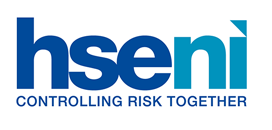The purpose of health surveillance is for the employer to gather information about employees’ health which helps to protect employees from risks to health in the workplace.
Health surveillance is required when:
- there is a disease associated with the substance in use
- it is possible to detect the disease or adverse change and reduce the harm
- workplace conditions make it likely that the disease will appear
The following are examples of when health surveillance is required:
- respiratory sensitisers/asthmagens [for example isocyanates, feather dust
- cancers [for example Mboca, silica, rubber, fume, tar]
- dermatitis [sensitising for example cement or contact mineral oils]
Health surveillance may be as simple as skin /hand examination but in other cases it may require the input of an occupational physician [doctor or nurse]. If a GP offers this service the employer needs to be sure the GP is competent regarding occupational medicine.
The clinical outcomes are personal and the service provider must interpret the results for each person.
The service provider must supply general information to the employer to keep up to date health records and may anonymise/group data to highlight trends.
Employers checklist
- Is there a health risk problem or occupational health input in the workplace?
- What needs to be controlled, who needs to control it? For example a competent person in the organisation or a doctor or nurse?
- Implement the necessary action
- Monitor to make sure actions are working
More information can be obtained on COSHH from the HSE website at the following link:
For information on how to find an appointed doctor, please see the appointed doctors webpage at the following link:
